Browser Games
Pros and Cons of Being a Professional eSports Player
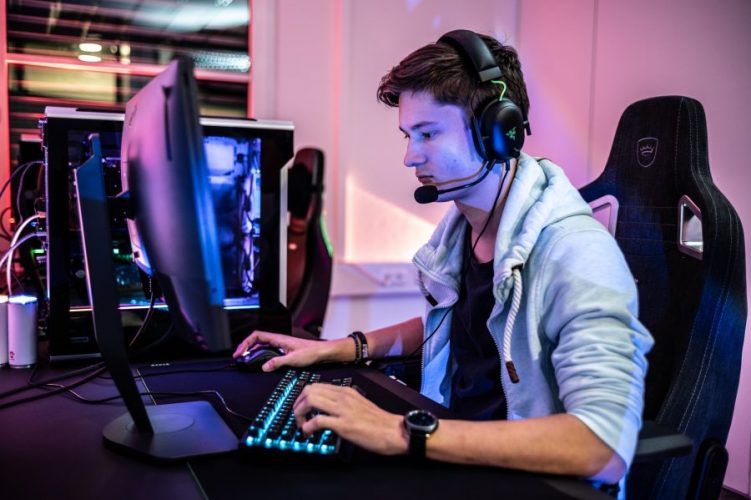
If someone had told you 10 years ago that the esports championships would be very popular, along with other sports more familiar to us, no one would have believed it.
In the modern world, the purpose of eSports is to give people the opportunity to self-actualize. This is an opportunity to occupy your niche and earn money at the same time. After all, not everyone can be football players or swimmers. People have different abilities.
Virtual tournaments can be both individual and team. Competitions are held between two or more teams of eSports players.
For fans of eSports on the website eplay-info.com there is always interesting information. Here you can find the latest gaming news, leaderboards and the schedule of upcoming eSports tournaments. There are as well as prize funds, tournament results and winners, all information on one site.
As mobile technologies improve, more and more games are being developed for smartphones. That’s why mobile cyber competitions are becoming increasingly popular.
Portrait of an eSports Player
A professional eSports player is a professional computer game player. Esports athletes are not trained in specialized educational institutions. The skill of conducting virtual games is practiced by playing for many hours and developing certain personal qualities. It is believed that esports players earn well. It is real. The salary is directly proportional to the success of the gamer.
Esports competitions are never held just for identifying the winner. Prize funds sometimes reach huge amounts and are formed from the funds of sponsors and interested advertisers. The funds received as a result of cybersport events are directed to the creation of new computer games. Today, esports is gaining momentum and developing the gaming industry.
Esports is a monetary sphere. Advertisers and sponsors finance competitions well, organize serious prizes and support for outstanding stars of virtual competitions. When money starts to be earned, the hobby turns into a job and a profession.
Advantages of a Pro Player
Starting a career as an e-sportsman, players strive to become the best in their team or compete for prizes individually. Having become a true professional in their field, gamers receive a real salary, and even interest for advertising. The best players, as a rule, attract the attention of sponsors, so they sign long-term contracts with them, where a fairly large fee is assumed.
Having become the best in their profession – eSports, players become very popular and public people. Very often they are asked for autographs, invited to interviews and filmed in advertising.
By inviting a player to various international tournaments, a gamer has the opportunity to travel around the world and see the corners of our beautiful planet.
In esports, they do not give preference to a person’s appearance or height. Such factors are not important here. In the first place only, it is the professionalism of the player and his mind.
After the end of the career of a professional gamer, esports players go into the field of analytics or management. But do not forget that a couple of victories in major championships can provide a person for the rest of his life.
Everyone can make a career in eSports, regardless of physical abilities, health status or nationality. In addition, a pro player can be both a man and a woman. Everyone is equal before eSports.
Disadvantages of Professional Gaming
Any activity has its pros and cons. There are also disadvantages in esports. For example:
Getting carried away with gaming activities and going into this area with your head, there is no guarantee of success. No one is immune from defeats and failures. But if you have excellent motor skills, quick reaction and extraordinary thinking, then the result in esports will be stunning.
To achieve a decent result, you need to play and train a lot. You need to keep in touch with other players and fans. Lead an active social life to be noticed. Esports can gradually take up a player’s entire life. Training takes a sufficient amount of time, about 9-10 hours a day. Therefore, it is very difficult to combine esports with study, work or personal life.
Esports involves a sedentary lifestyle, which can negatively affect your health.
If a player seriously intends to engage in esports, then this field of activity involves significant spending on regular computer upgrades. This is a powerful computer, an up-to-date graphics card, processor, ergonomic mouse and much more. You can enumerate endlessly. In addition, you need high-quality headphones, a microphone.
At a certain point, there is a need to go to competitions taking place around the world. This requires time and the ability to concentrate in a difficult situation. Having spent a large amount of effort and time, there is no guarantee of winning.
Well, another disadvantage is the threat to health and well-being.
Gamers spend many hours a day in a sitting position every day. Their eyes are straining and their body muscles are weakening.
Browser Games
Fastest Way to Get Money in Blox Fruits
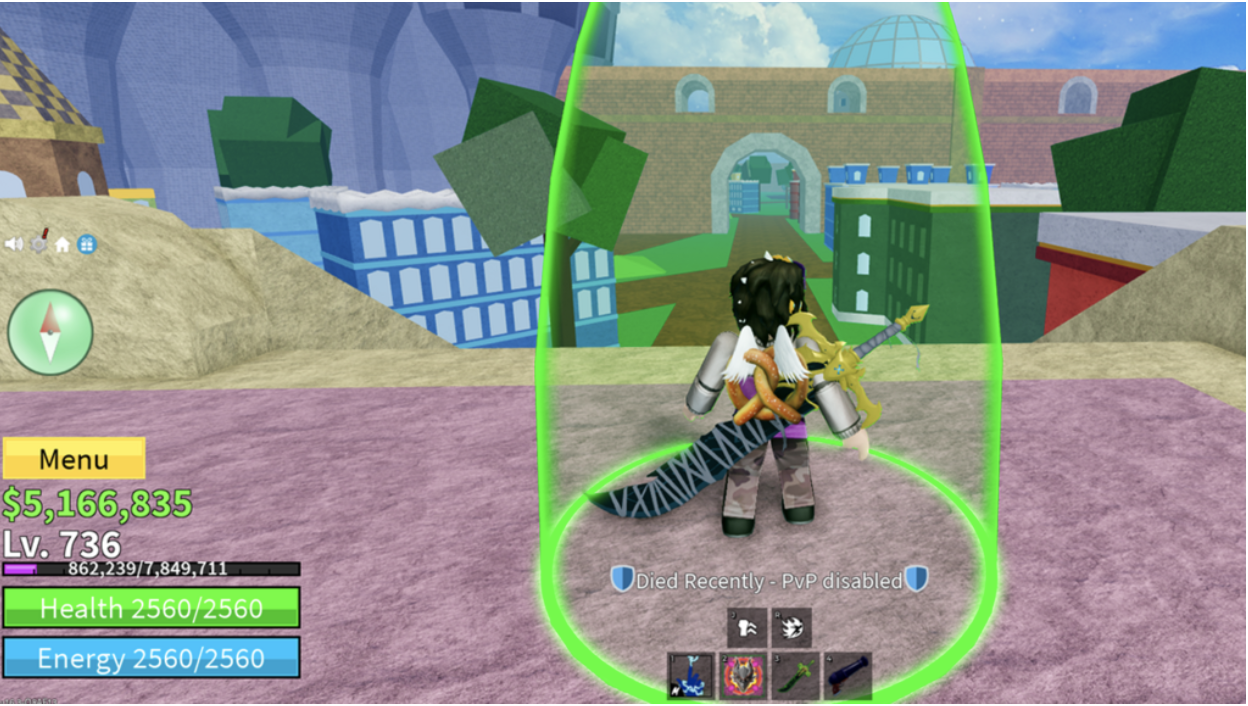
Money is one of three primary currencies in Blox Fruits. It lets players purchase items like Fighting Styles, Swords, Guns, Blox Fruits, Accessories, Abilities, and Raid Chips. While the prices are high, Money is the most accessible currency in the game, players can earn it quickly through straightforward methods.
Players can hold up to $1,000,000,000, giving them substantial purchasing power. In this guide, we’ll reveal the fastest ways to maximize your Money earnings in Blox Fruits, helping you afford the upgrades you need.
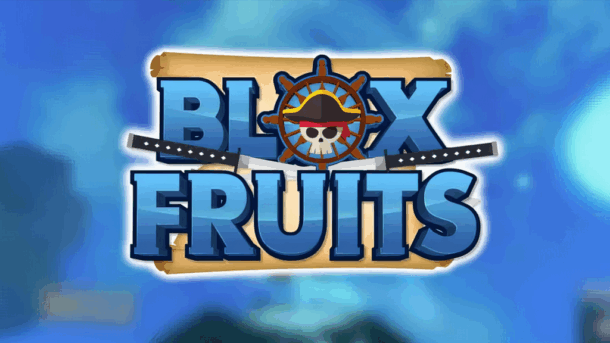
How to Get Money Fast in Blox Fruits
Blox Fruits offers multiple ways to earn money. Each method has its advantages, whether you’re looking for steady income or quick cash injections.
Money can be earned through:
- Purchasing with Robux
- Game Passes
- Defeating Enemies & Bosses
- Redeeming codes
- Quests
Let’s break down each method to help you choose the best approach for your gameplay style and goals.
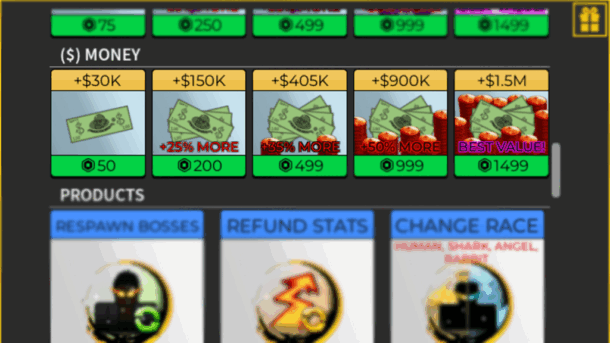
Purchasing With Robux
Buying Money with Robux offers instant access to the exact amount you need. Players can purchase:
- 30,000 Money (50 Robux)
- 150,000 Money (200 Robux)
- 405,000 Money (499 Robux)
- 900,000 Money (999 Robux)
- 1,500,000 Money (Best value at 1,499 Robux)
While 1,499 Robux may seem steep, many players choose this route for its immediacy and guaranteed results. Some even buy Robux specifically to acquire their target Money amount, skipping the grind of other earning methods.
To purchase Money in-game, open Menu, select “Shop,” scroll to ($) Money, and choose your amount. Alternatively, visit Blox Fruits on Roblox’s website, click “Subscriptions & Passes,” and buy your desired game pass without launching the game.
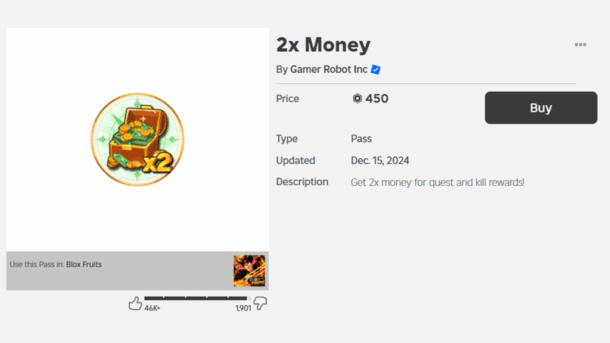
Game Passes – 2x Money
The 2x Money game pass doubles all Money earned from NPCs and Quests. It doesn’t affect chest rewards but maximizes earnings for players focused on combat and mission grinding.
This pass pairs well with questing strategies and NPC farming, making it a powerful tool for efficient Money earning. Players looking to earn money fast through active gameplay will find this especially valuable.

Defeating Enemies & Bosses
Enemies (NPCs) spawn in groups across different areas, providing steady Money drops when defeated. While regular enemies offer little rewards, bosses offer substantially higher Money and EXP.
Sea 1 introduces starter bosses like Gorilla King and Yeti, while Sea 3 features powerful ones like Stone and Hell’s Messenger. Your earnings scale with boss difficulty.
It is always recommended to equip strong fruits like Dragon or Kitsune for Boss farming. These premium fruits maximize your damage output and survival, leading to faster kills and more Money.

Redeeming Codes
Codes offer a simple path to free Money, though they require patience and timing. Developers give them away through social media, Discord servers, and in-game notifications.
To redeem simply click the gift icon on the left side of your screen and enter your code. While most codes grant EXP multipliers, some provide direct Money rewards. Check official channels regularly for new code releases.
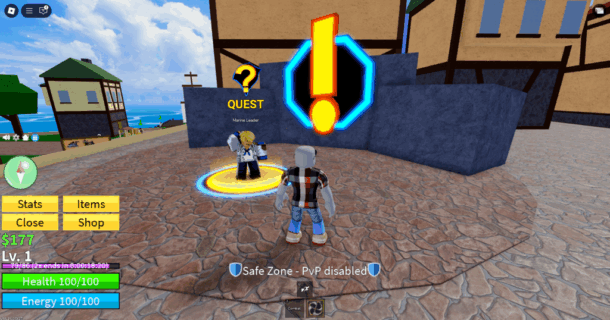
Quests
Quests provide steady Money while advancing your character. They scale in difficulty and reward as you progress. Each quest has a level requirement you must meet before accepting. Early quests might ask you to defeat a few NPCs for hundreds of Money. Later quests demand more challenging tasks but pay thousands. This makes questing an efficient way to earn while naturally leveling up.
Final Words
Money is your progression in Blox Fruits. Whether you choose to purchase it with Robux, farm bosses, complete quests, use codes, or combine multiple methods, consistent effort pays off. Pick the strategy that matches your playstyle and resources, then stick to it. The path to earning money is clear, you just need to choose your method.
Browser Games
Fallout Shelter Cheats & Cheat Codes for iOS, Android
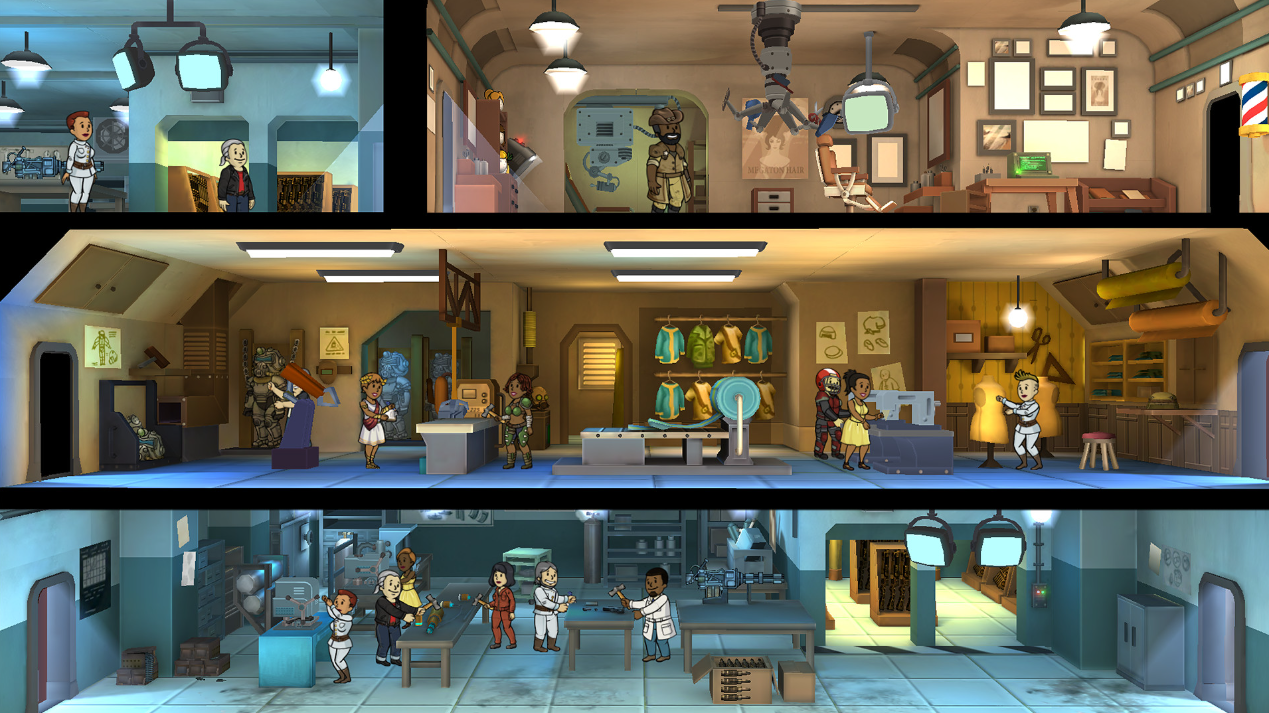
Key Takeaways
- Fallout Shelter doesn’t have official cheat codes, but players use tricks like the time-lapse method and glitches to progress faster.
- Risks include glitches, corrupted saves, and device security issues when using hacks or mods.
- Smart resource management, stat training, and daily objectives are safer, long-term strategies for success.
- Sending dwellers into the wasteland and upgrading rooms provides steady growth without risks.
- Cheats may offer quick wins, but they can reduce the fun of Fallout Shelter’s strategy-based gameplay.
Introduction
Fallout Shelter looks pretty straightforward at first glance, but it is a game of serious strategy, patience, and a lot of time. And well, cheats, codes, and clever tricks give you an advantage. So, here’s everything you need to know to unlock those hidden perks on both the iOS and Android versions of the game!
Here’s A Short Overview Of The Fallout Shelter Gameplay
Fallout Shelter is a free-to-play simulation game that lets you take the reins in building and manage your very own underground Vault in the Fallout universe. As the Overseer, your primary role is to guide your dwellers, assign them jobs, and expand the rooms to ensure everyone survives in a post-apocalyptic wasteland. The game beautifully combines strategy and resource management, challenging you to juggle food, water, and power while keeping your dwellers happy and productive. Each dweller has their own unique S.P.E.C.I.A.L. stats, which affect how well they perform in various tasks, like strength for power rooms and agility for diners.
But it’s not just about survival; you’ll also face external threats like raider attacks, fires, and pesky radroach infestations. Sending your dwellers out into the wasteland opens up opportunities to find weapons, outfits, and caps, adding an exciting layer to your progression.
Do Cheats And Cheat Codes Really Exist In Fallout Shelter?
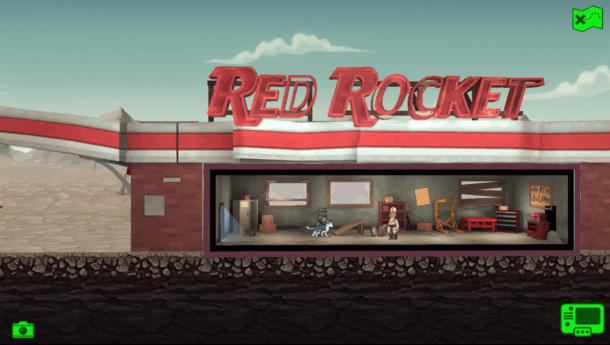
A lot of players are curious if Fallout Shelter has any official cheat codes like the classic games used to, but the short answer is no. Bethesda hasn’t added any built-in cheat codes for the iOS or Android versions. That said, players have found some clever workarounds and exploits that serve as “cheats.”
One of the most popular tricks is the time-lapse method, where you can speed up resource collection, training, and even pregnancies by adjusting your device’s clock. Plus, there are mods and save editors available on Android or through emulators that can give you unlimited resources, although they do come with their own set of risks. So, while there aren’t any official cheats, there are definitely ways to tweak the game for quicker vault progress.
Best Fallout Shelter Cheats & Exploits For iOS And Android
Time-Lapse Cheat
One of the most well-known tricks is to adjust your device’s system clock. By speeding up time, you can instantly finish tasks like generating resources, training, and even having babies. Just make sure to set your clock back afterward to prevent any glitches.
Unlimited Caps & Resources Glitch
In earlier game versions, if you kept rushing production rooms, you could score massive amounts of caps and resources, especially when paired with the time-lapse method. Although recent updates have made this less effective, some players still manage to use it to quickly gather resources.
Faster Dwellers And Baby Production
Put your high-charisma dwellers in the living quarters and use the time-lapse trick to accelerate baby births. This way, you can boost your vault’s population without having to wait for hours in real-time.
Lunchboxes Without Spending Money
By completing daily objectives and taking advantage of time skips, players can rack up lunchboxes more quickly, unlocking rare weapons, outfits, and caps that would typically require real cash.
Some Tips To Maximize Resources Without Cheats
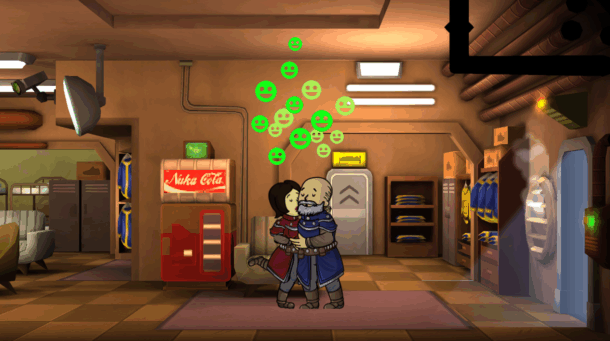
To get started, place your dwellers in rooms that align with their strongest S.P.E.C.I.A.L. stats. For instance, those with high Strength should be in power generators, while Perception is best suited for water treatment, and Agility shines in diners. This strategy not boosts efficiency but also minimizes the risk of failed rushes. Be cautious about expanding your vault too quickly, as larger spaces can drain your resources at a faster rate. Instead, prioritize upgrading your current rooms before adding new ones.
Training your dwellers in the Fitness Room, Armory, and other facilities will gradually enhance their stats. This will lead you to better productivity in the long run. Don’t forget to equip them with outfits and weapons, as this will improve their performance and bolster defenses against raiders or radroaches. And remember to send your dwellers out into the wasteland. And exploring can yield rare weapons, outfits, and caps that will strengthen your vault.
Lastly, make sure to complete daily objectives and quests for extra rewards like lunchboxes and caps. The key to success is balancing your vault’s population with the resources you have.
Are There Any Risks Of Using Cheats And Hacks?
When you mess with the game’s system clock using a time-lapse cheat, you might run into some pretty annoying glitches. Players frequently mention issues like resource timers going haywire, dwellers refusing to finish their tasks, or objectives resetting in strange ways. These bugs can disrupt the game’s natural flow and turn progress into a frustrating experience.
Using save editors, APK mods, or jailbroken iOS tweaks can bring even bigger headaches. Sure, they might give you instant access to unlimited caps, Nuka-Cola Quantum, or legendary gear, but they also run the risk of corrupting your save files. Once that happens, getting your save back can be a real challenge, and you could end up losing hours of hard work. Plus, some mods are flagged as unsafe, which could put your device at risk for malware
Another thing people often overlook is how cheating can take away the fun. Fallout Shelter was meant to be a slow-burn strategy game. If you lean too much on cheats, you might find that the challenge disappears, leaving the experience feeling a bit hollow over time.
While Bethesda doesn’t actively ban players for cheating in Fallout Shelter, the risks of data loss and device instability make using hacks a bit of a gamble.
Some Legit Alternatives To Cheats: Proven Strategies
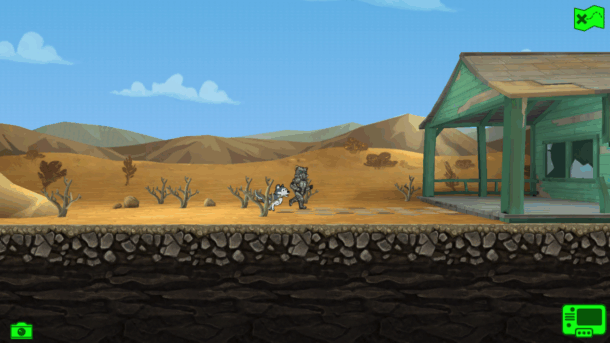
The best way to get the most out of your dwellers is by fine-tuning their S.P.E.C.I.A.L. stats and placing them in the right rooms. Instead of rushing to expand, consider upgrading and merging your rooms first; it’s a smarter move that saves space and enhances production.
Don’t underestimate the value of daily objectives and quests, they can net you caps, lunchboxes, or even rare items without dipping into your wallet. Plus, sending your dwellers out into the wasteland is a tried-and-true strategy. With the right gear and some Stimpaks, they can return with legendary weapons, outfits, and valuable resources.
Conclusion
To make your experience more enjoyable, consider using smart strategies such as managing resources effectively, training your dwellers, and tackling quests will help. These approaches can help you make steady progress without facing unnecessary risks.
Browser Games
How to Make Jedi in Little Alchemy

Little Alchemy is a crafting game that is widely appreciated for its base idea of unlocking new items by combining elements. The best part is, you never know what works with what, which sometimes leads to wonderful surprises, and no game has as many creative items as Little Alchemy, one of the most interesting ones is the star of the game, the Jedi. The Jedi is a global icon of the Star Wars franchise, a symbol of courage, wisdom, and the use of the Force, which makes it infamously challenging to unlock, and hence, it is one of the most awaiting items.
Unlocking the Jedi in Little Alchemy doesn’t come from endless guessing and mixing; it demands a focus on specific elements, following the essential steps, and grasping the rationale behind the unlock. This piece will guide you through all the necessary mixes, detailing the reasoning for particular elements leading to the Jedi, and share useful tips to ease your progression. For a player who enjoys the game on the side or the one who aims to unlock every item, this piece will give you the Jedi unlock creation mastery.
How to Make Jedi in Little Alchemy

To create Jedi in Little Alchemy, players must combine two specific elements:
Jedi = Human + Lightsaber
This is the only verified recipe. Once these two items are crafted and merged, the Jedi element will appear in your collection.
The process is straightforward in theory, but it requires creating the prerequisite elements first. That means you’ll need to know how to make both Human and Lightsaber before you can complete the final step.
Step 1: Creating Human
The Human element is a fundamental building block in Little Alchemy, used in countless other combinations beyond Jedi. Here’s how to make it:
- Earth + Fire = Lava
- Lava + Air = Stone
- Stone + Air = Sand
- Sand + Fire = Glass
- Glass + Sand = Time
- Earth + Water = Mud
- Mud + Plant = Swamp
- Air + Fire = Energy
- Swamp + Energy = Life
- Earth + Life = Human
Once you unlock Human, it opens up endless crafting possibilities, with Jedi being one of the most exciting outcomes.
Step 2: Creating Lightsaber
The Lightsaber is an iconic Star Wars weapon and one of the most creative items you can craft in Little Alchemy. Making it requires a few layered steps:
- Air + Fire = Energy
- Stone + Fire = Metal
- Metal + Energy = Electricity
- Metal + Electricity = Light Bulb
- Light Bulb + Sword = Lightsaber
Now that you have Lightsaber in your collection, you’re ready for the final combination.
Step 3: Combining Human and Lightsaber
The last step is simple:
Human + Lightsaber = Jedi
Congratulations – you’ve successfully crafted Jedi in Little Alchemy! This unlocks a unique item that represents one of the most recognizable figures from the Star Wars franchise.
Why Jedi Is a Special Element
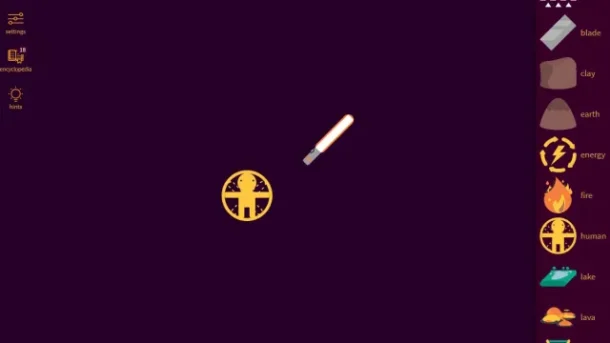
The Jedi is not just another combination in Little Alchemy- it represents a crossover between pop culture and the game’s creative world. Unlike basic elements such as water or fire, Jedi is tied to a universally known symbol. That makes it fun for Star Wars fans and casual players alike. Creating Jedi also feels rewarding because it requires several steps of crafting, including essential elements like Human, Sword, and Lightsaber, each with their own mini-journeys.
Other Useful Combinations with Jedi
While Jedi itself is a final product in many players’ collections, it can also be used to unlock additional items depending on the version of the game. Here are some fun pairings:
- Jedi + Jedi = Force
- Jedi + Lightsaber = Master Jedi
- Jedi + Space = Star Wars
These results make Jedi even more rewarding, as it can unlock further items tied to the Star Wars theme.
Tips for Making Jedi Faster
- Prioritize the Basics: Human, Metal, and Energy are fundamental materials. By crafting these elements first, you create a strong foundation for efficient reuse in later recipes.
- Apply Reasoning: In the real world, many mixtures require some form of logic. As a case in point, the combination of Metal and Electricity results in a Light Bulb, which in turn logically connects to a Lightsaber.
- Try Different Things: This guide explains exactly how to make Jedi, but the essence of Little Alchemy lies in trying to make different mixtures. While attempting to uncover the recipe for Jedi, you might find some other.
- Monitor Your Progress: Consider jotting down notes or taking advantage of in-game clues when you find yourself at a dead end. Keeping track of your work is beneficial, especially as managing the steps correctly is essential for Jedi.
Why Players Appreciate Discovering Jedi
The excitement experienced while attempting to create the Jedi item is not exclusively related to the game itself. Its creation is tied to the Star Wars franchise, which makes discovery even more special. For a great number of users, Little Alchemy is fun because it allows them to merge elements of game engagement while also watching movies, and this particular item brings them a real feeling of achievement. It is yet another example of Little Alchemy’s innovation wherein it incorporates aspects of pop culture into the game.
Discovering the item Jedi truly reveals the essence of the game Little Alchemy – making complex combinations from simple things that make players joyful and amazed.
Conclusion
In Little Alchemy, one of the most thrilling crafting adventures is making a Jedi and not just because of combining a few elements. Every step of this is like patiently and excitingly putting together a piece of pop culture. It begins with basics like Humans and Lightsabers, the creations of numerous simpler discoveries such as Lava, Energy, Metal, and Sword. When several layers like these culminate in the combination of Human and Lightsaber to finally get the coveted Jedi, it is deeply satisfying.
The process hints at a wider puzzle – emblematic of challenges in the game that foster ingenuity, and of the subtle cross-cultural references the game incorporates. Exploring the recipe and the steps required to take them not only boosts your performance but lets you enjoy the thoughtful little details that make Little Alchemy so delightful. If you’re a Star Wars nerd or just a keen player with collection completion in mind, crafting the Jedi is a milestone. Equip your elements, start blending, and captain your way in Little Alchemy with the Force!
-

 Guides6 years ago
Guides6 years ago6 Proven Ways to Get more Instagram Likes on your Business Account
-
Mainstream11 years ago
BioWare: Mass Effect 4 to Benefit From Dropping Last-Gen, Will Not Share Template With Dragon Age: Inquisition
-

 Mainstream7 years ago
Mainstream7 years agoHow to Buy Property & Safe Houses in GTA 5 (Grand Theft Auto 5)
-

 Guides1 year ago
Guides1 year agoFree Fire vs PUBG: Comparing Graphics, Gameplay, and More
-

 Casual2 years ago
Casual2 years ago8 Ways to Fix Over-Extrusion and Under-Extrusion in 3D Printing
-
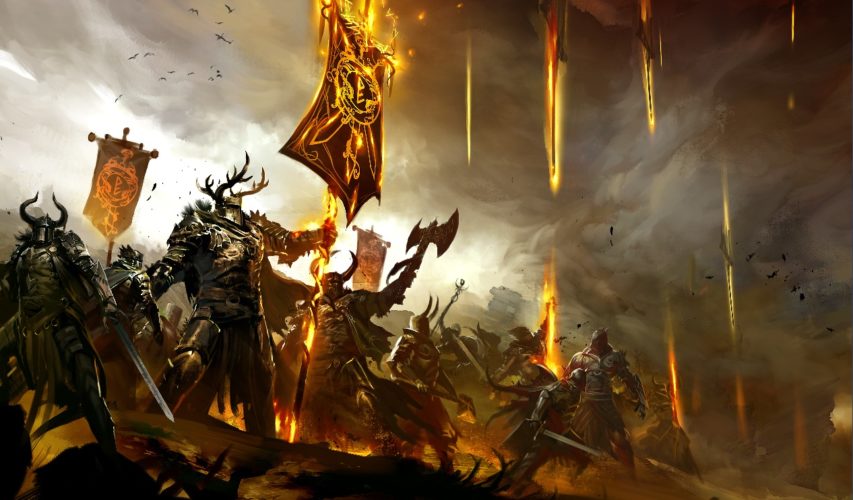
 Mainstream13 years ago
Mainstream13 years agoGuild Wars 2: The eSports Dream and the sPvP Tragedy
-

 Other2 years ago
Other2 years agoAjjubhai UID: Free Fire Details & Earnings
-

 Guides10 months ago
Guides10 months ago50+ Free Fire ID and Passwords Login List (Giveaway) 2025
